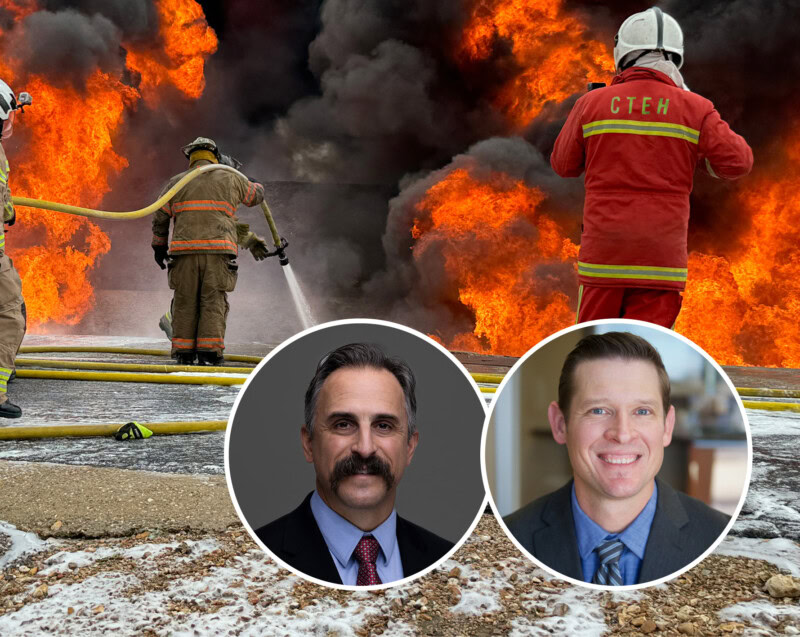Kim Alvis lives in a world of acronyms… OSHA…COHN…RN…NIOSH…HAZWOPER…and, for that matter, CTEH.
They may sound baffling, but Alvis enjoys the alphabet soup. In fact, she’s always on the lookout for more letters to add to her life. In her role as senior medical specialist with CTEH, training, certifications and memberships are critical to her daily life and her ability to provide
“Occupational health is about the health of workers, work conditions and the overall wellbeing of workers,” Alvis, a registered nurse and certified occupational health nurse, explains. “Occupational health can apply to any industry and occupational health nurses fall under the Occupational Health and Safety Administration (OSHA), which means they must understand OSHA standards.
“Every day is a learning experience. This is why training, continuing education and certifications are so important. You must understand regulations and you must be up-to-date on the latest standards and practices.”
At CTEH, Alvis and her team work to monitor the health and wellbeing of CTEH staff and client employees. For CTEH in-house and full-time employees, the occupational health team conducts detailed annual medical reviews, including basic labs and vitals, vision tests, physical exams, drug screening, pulmonary function tests and “respirator fit tests,” which means appropriately fitting employees with individual respirator masks. A physician then reviews the results and provides final medical clearance for duty.
“For our response teams, it’s important that we make sure they’re up-to-date on Hazmat physicals and respirator fit testing,” says Alvis. “We place the full respirator on their faces to make sure they get a good seal against the skin and we test them on a machine that tells us the ‘leak rate’ of how much air is getting through. There’s a ‘minimum leak rate’ in order to pass.”
Alvis herself can actually work with teams in “hot zones” at accident sites because she’s completed a rigorous 40-hour Hazardous Waste Operations and Emergency Response (or HAZWOPER) training program.
“I can provide medical response to someone who actually goes down in the hot zone,” she says.
The occupational health team at CTEH also includes a medical toxicologist and a medical director, an occupational health specialist physician who works with the team on contract. Alvis is working to build an additional team of contract nurses spread across several states, from Arkansas and Kansas to Texas and Alabama. In an unpredictable business, this will help ensure that the CTEH team can respond to needs as they arise.
“You never know what you’re going to walk into each day on this job,” she says. “You can arrive at the office and, within an hour, be boarding a plane.”




